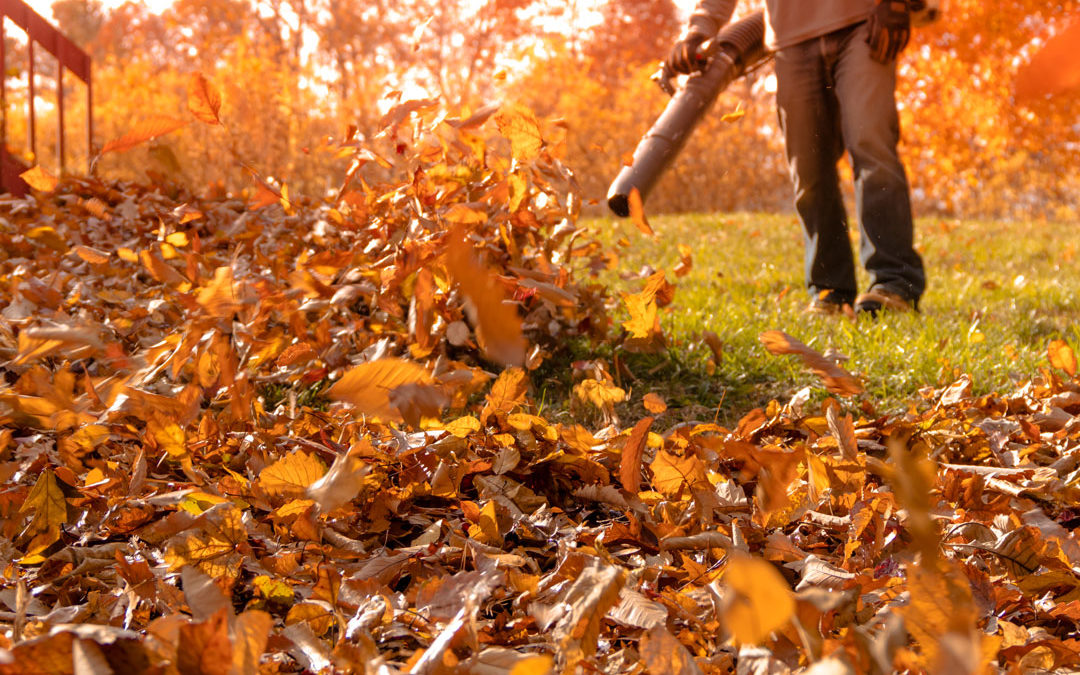Autumn may be here, but your lawn still requires care. The drought in the West has taken a serious toll on lawns throughout the region and they are showing signs of stress. Here are a few tips to help you keep your yard in top form and delivering these health benefits for you and your community:
Tip #1: Let your grass go brown. Grass grows in cycles, “turning on and off,” based on the resources it gets. As water becomes less available, grass will slow down, go dormant and turn brown.
Tip #2: Don’t Over Water. It may be tempting to give your thirsty lawn a heavy duty drink, but stick with what the experts recommend. Make your grass work hard for its water. Grass gets lazy if you water it too much and sends its roots horizontally. With little water, grass will send its roots deeper, vertically, seeking water. Having to work harder, makes grass do a better job of sequestering carbon and releasing oxygen.
Tip #3: Plant the Right Grass. Fall can be a good time of year to transition to a more drought-friendly grass variety in your yard. Hundreds of varieties of turfgrass exist, and some of them are perfect for drought conditions. When established, these grasses require very little water and also will survive foot traffic, children’s play and pets.
Tip #4: Add Pollinators. Your lawn is an ecosystem, and pollinators are a key part of its life cycle. Even in the desert, a host of plants flower. Add pollinator plants for bees, butterflies, and humming birds if you haven’t already.
Tip #5: Mix Native Plants and Drought-Resistant Adaptive Species in Your Lawn. We no live longer in a native environment. We live in cities and suburbs where we must incorporate both native plants and drought-resistant adaptive plants to offset the concrete, asphalt, people and traffic.
Tip #6: Educate yourself on the benefits of your landscape. Living landscapes provide you and your community with a host of benefits. Turfgrasses, like those found in your lawn, dissipate radiant heat through a process called evapotranspiration, helping to cool urban “heat islands.”
Grass also improves air quality and sequesters carbon, reducing the amount of carbon dioxide that contributes to the greenhouse gas effect. Your lawn also produces oxygen. A turf area 50′ x 50′ will produce enough oxygen to meet the daily needs of a family of four. Grass also captures and filters water run-off and rainfall too, removing harmful pollutants.
With a little care, your yard can continue providing these benefits for you and your community. While many people feel pressured to rip out their lawns and deaden their landscapes with mulch, gravel and plastic grass, the reality is that a living lawn offers a host of benefits. Even in a drought you can have grass and other living plants; you just have to choose the right kind of lawn and care for it properly.

